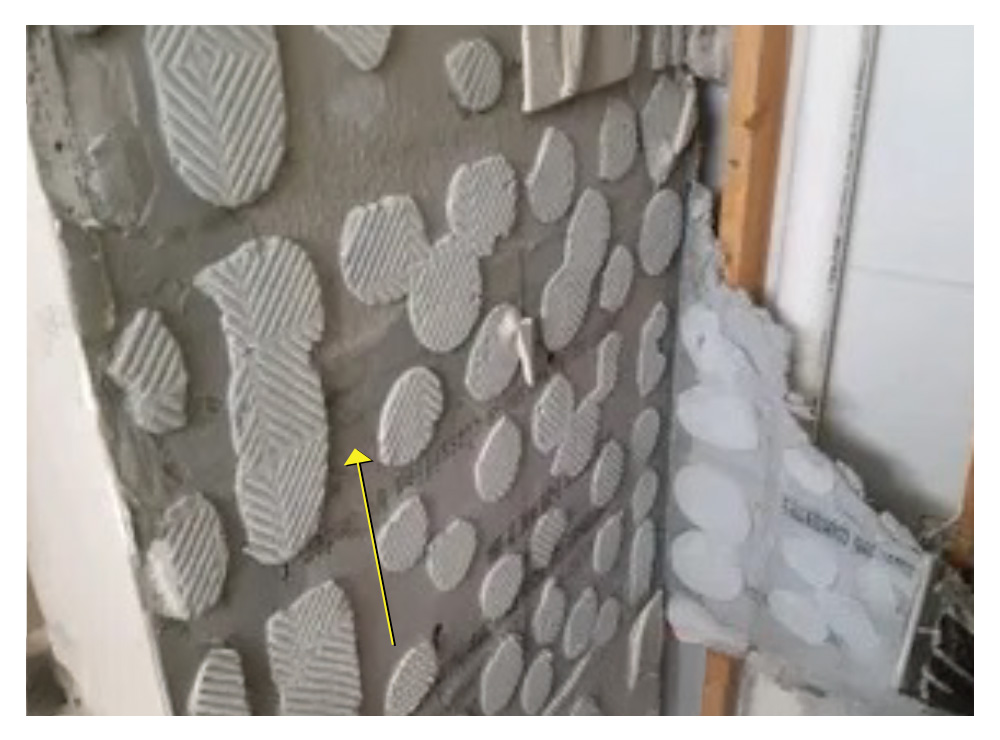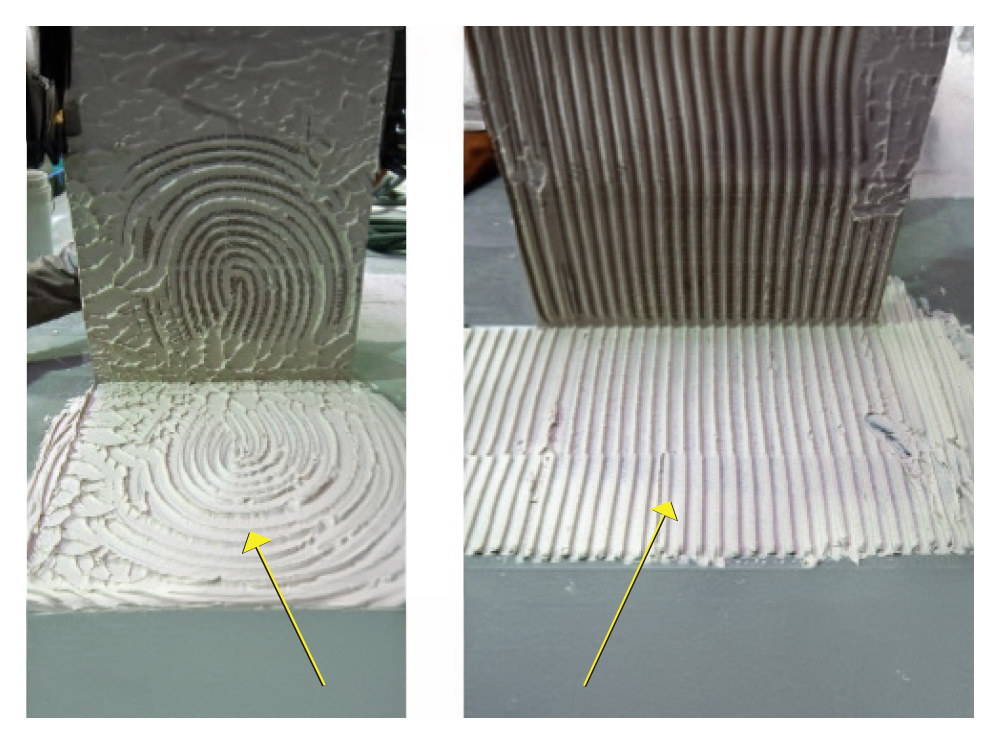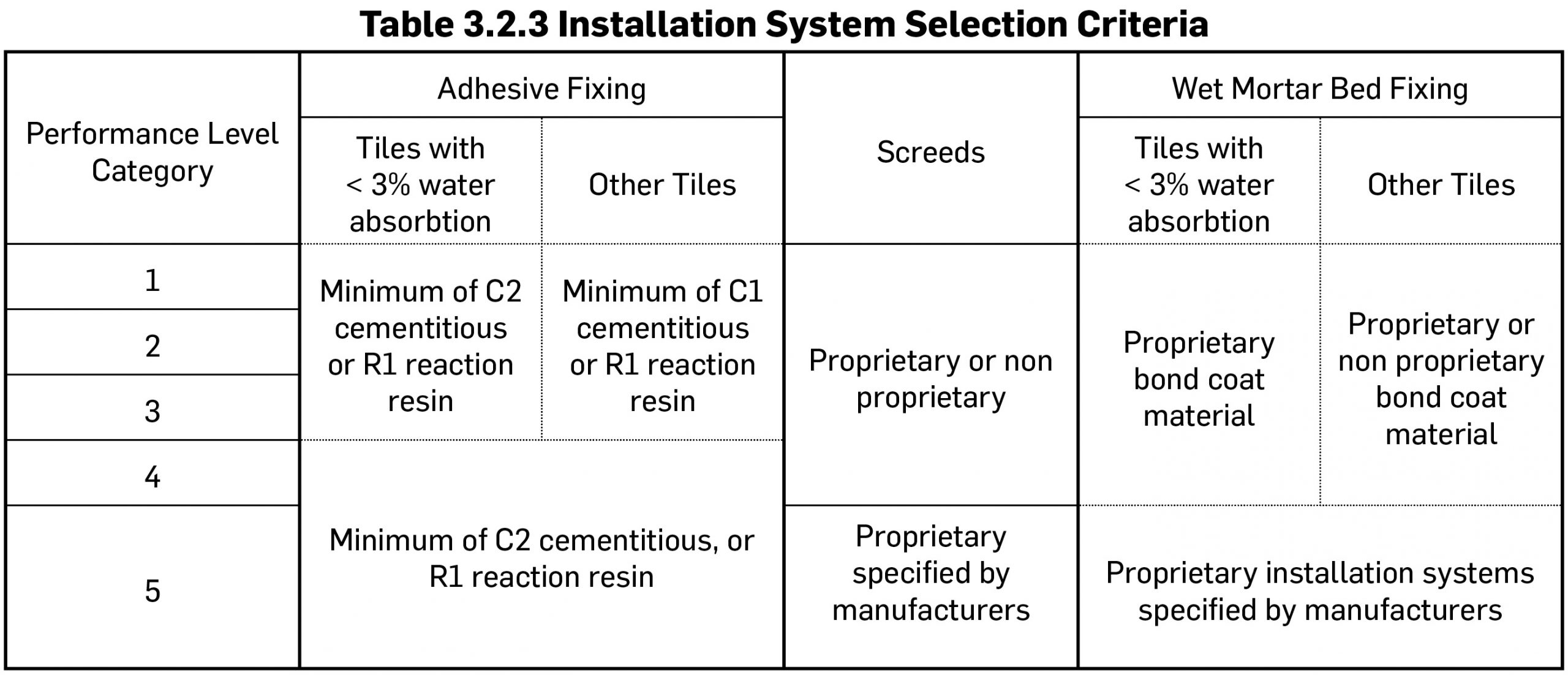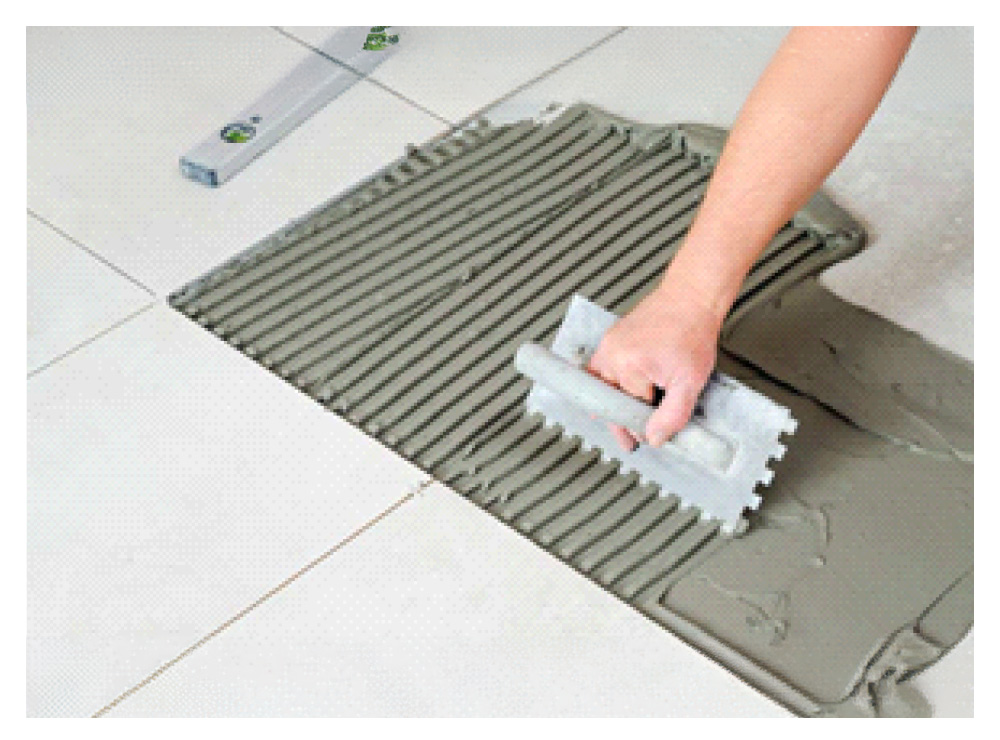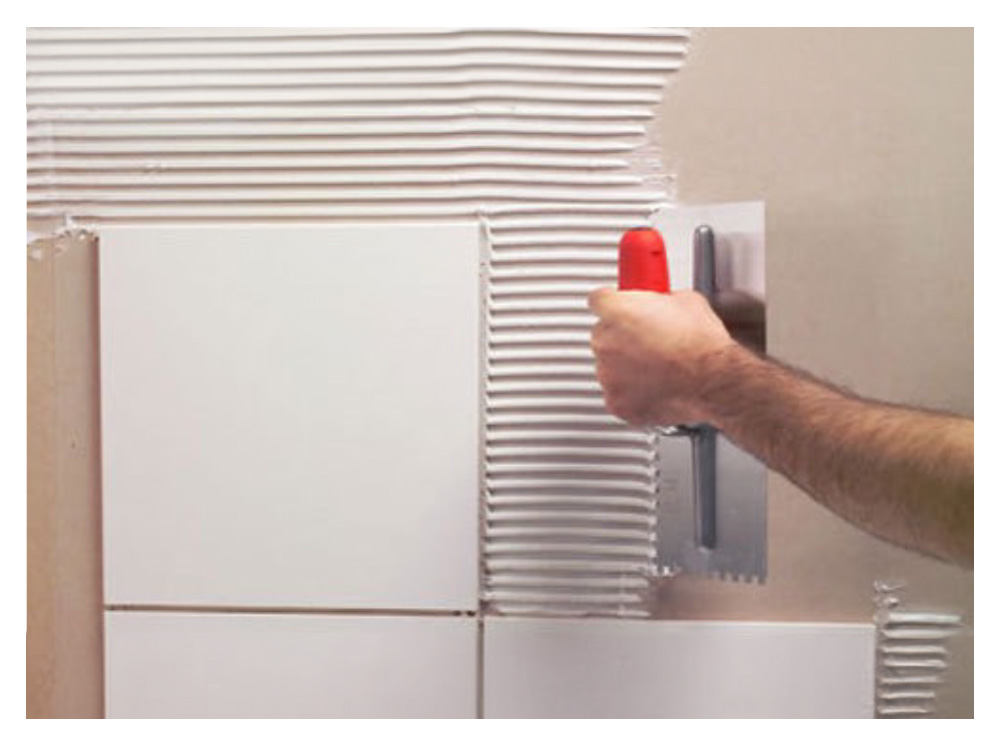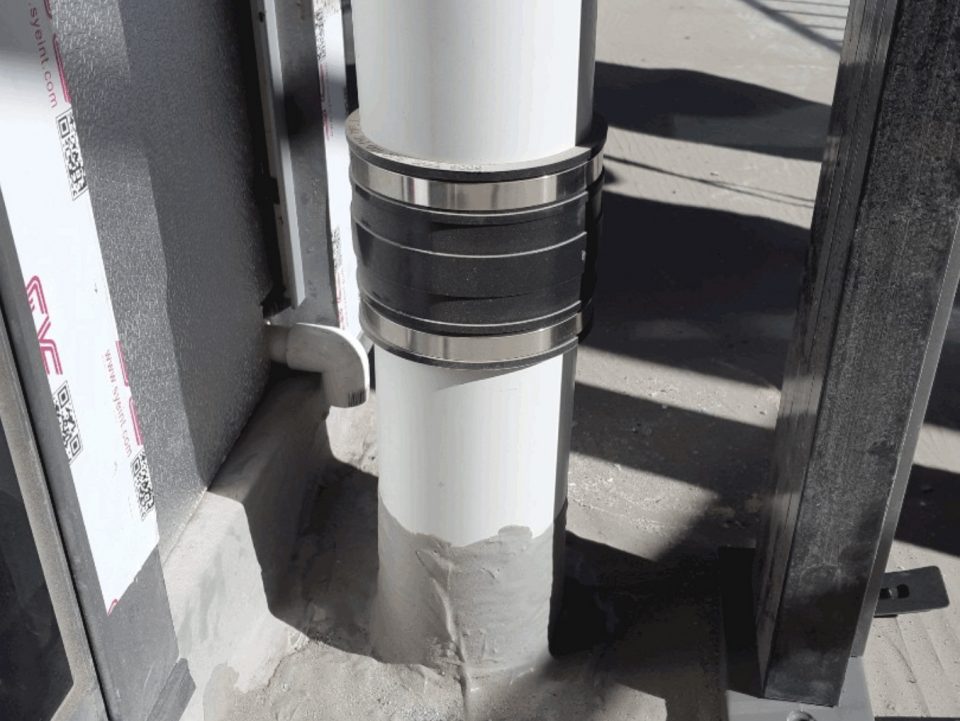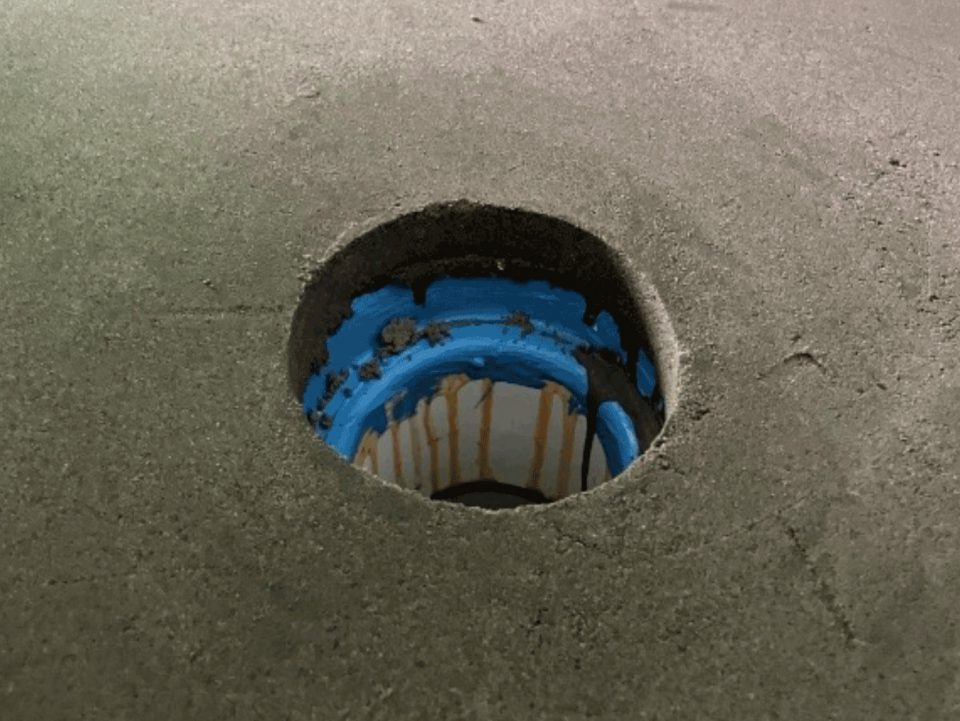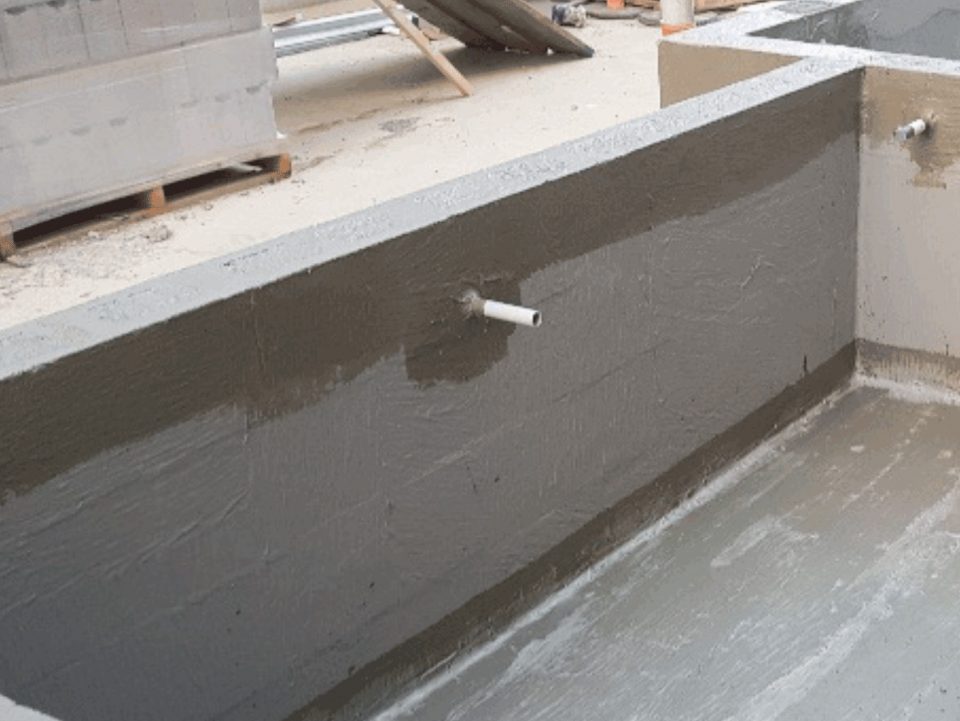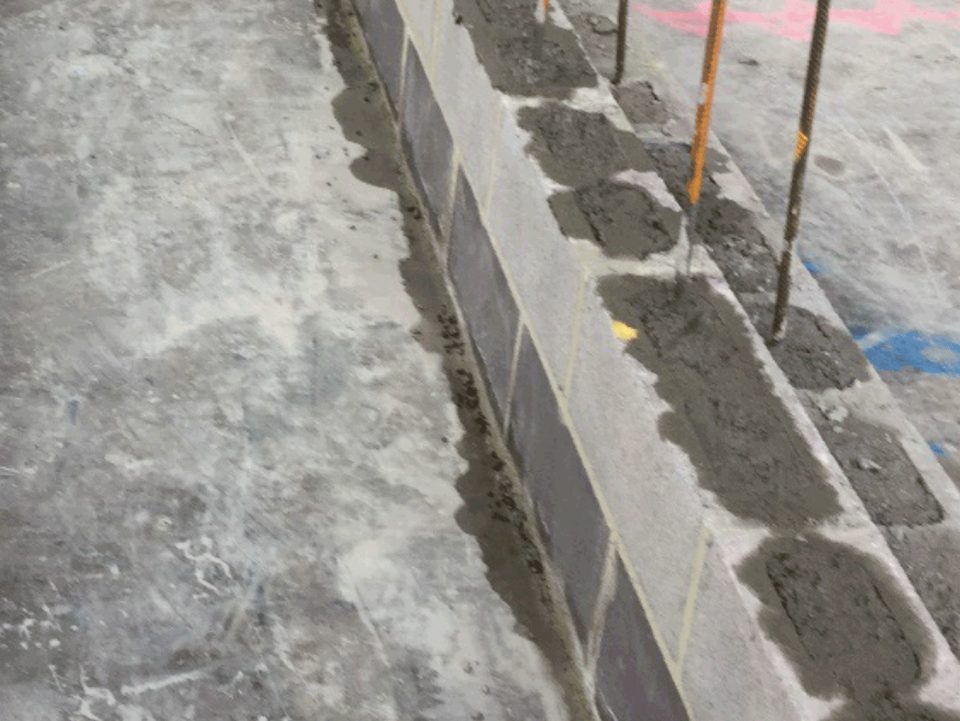Home Cuppa Convos Technical Snapshots Technical Snapshot: Tiling Adhesive Selection for Substrates
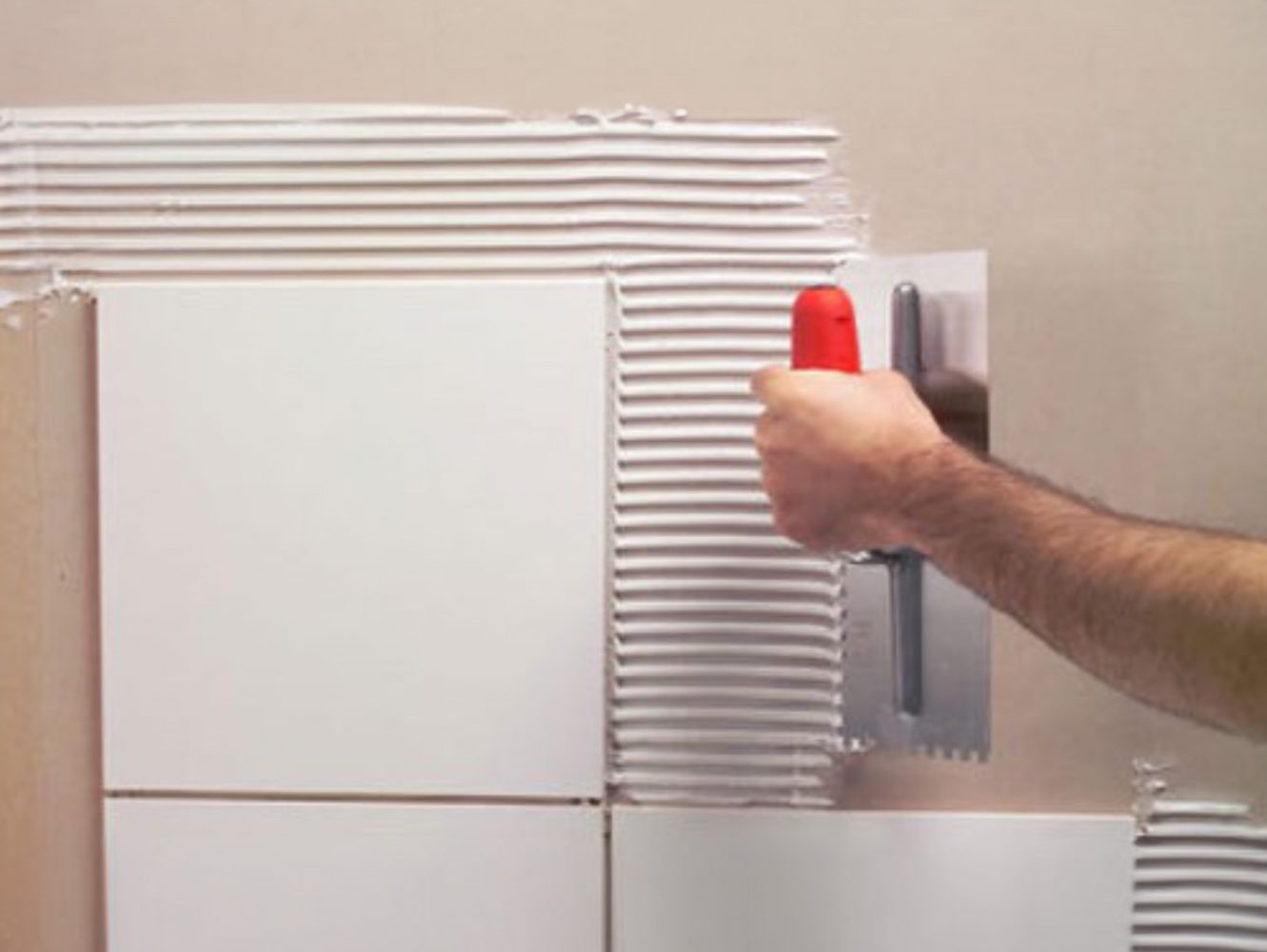
Technical Snapshot
Issue: Tiling Adhesive Selection for Substrates
Choosing the correct tile adhesive doesn’t need to be difficult. The application to be tiled, be it a concrete floor, external wall, or swimming pool, for example, is a critical consideration for selecting the adhesive. The type of tiles to be installed is an equally important consideration.
Are you installing ceramic tiles, natural or reconstituted stone, or are you installing mosaics?
There are many different factors you need to consider, like cure time, strength, and before deciding on an adhesive, ensuring the adhesive is the right match for your application.
Best practice – Substrates shall be clean, and free of laitance, to prevent problems like debonding and cracked tiles. These can occur when there is not enough adhesive coverage, dirty substrates, and or manufacturer’s instructions are not followed, including but not limited to, the type of trowel, mixing procedure, working time after spreading and suitability of the substrate.
Compatibility with the tiles should always be tested prior to use.
Correct fixing methods to substrates are crucial and the adhesive should be trowelled, never spot bonded. Spot bonding shall not be carried out with cementitious or dispersion adhesives.
Incorrect
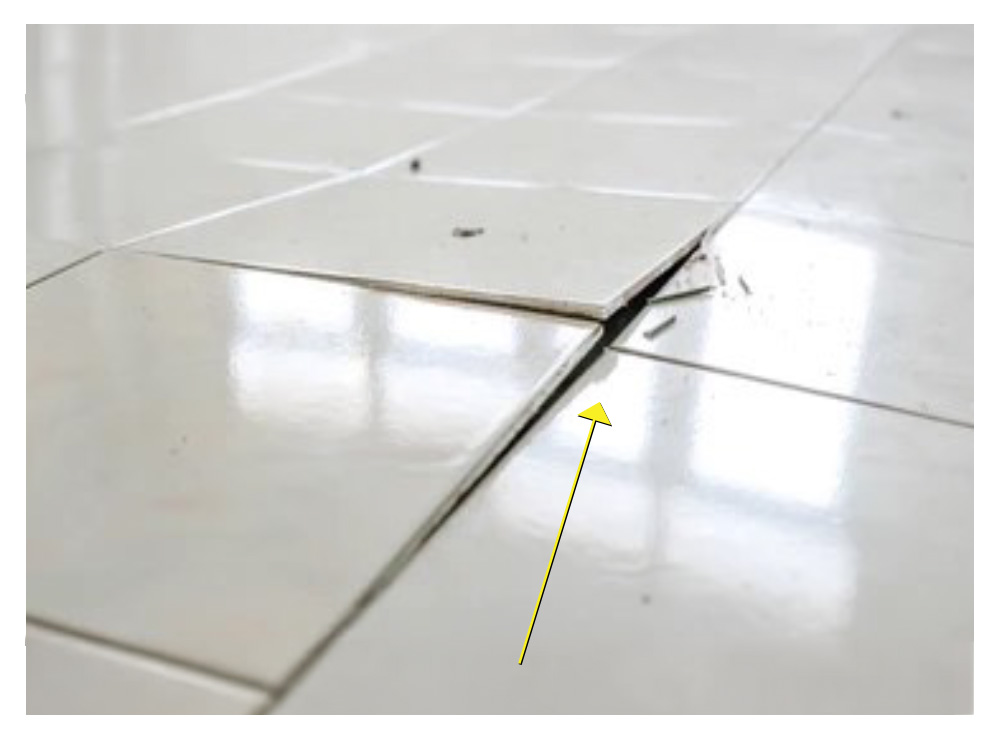
Pic 2. Spot bonding of tiles to substrate
Pic 3. Adhesive applied using incorrect techniques
Understanding the Installation System Selection Criteria
It is also important to understand the Installation Systems Selection Criteria, Table 3.2.3 (on page 2), as it has the classification of adhesives that must be used in certain applications.
The adhesive selection will depend on the performance level of the area, with Category 1 being low-traffic residential areas and Level 5 being heavy-duty commercial areas. Adhesives are classified based on the tests set out in ASISO 13007, which classifies a C1 adhesive being a normal cement-based adhesive and a C2 adhesive being an improved
cement-based adhesive.
In all areas classified as category 4 and 5, a class C2 or R1 adhesive must be used. C1 class adhesives can be used in category 1, 2 & 3 areas.
If tiles with water absorption of less than 3% (e.g. porcelain tiles) are to be installed, a C2 class adhesive must always be used, no matter the performance level category. After the correct adhesive is selected, the adhesive contact coverage to both tile and substrate is critical. In most cases, a minimum adhesive coverage of 90% is required by the new tiling Standard. The Standard provides examples of what is acceptable and what is not.
The Standard also provides information on how the minimum coverage can be achieved and when back-buttering of the tile is required.
Correct
Correct notched trowel and straight lines of the adhesive application should be applied so the tile can “squish” the ridges of the notched adhesive allowing 90% coverage and adhesion to the substrate.
Pic 4. Cementitious floor application
Pic 5. Mastic wall application
